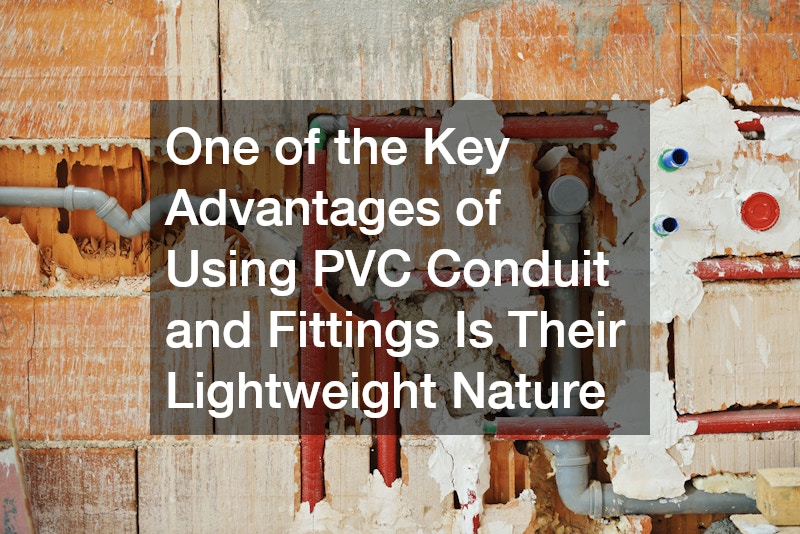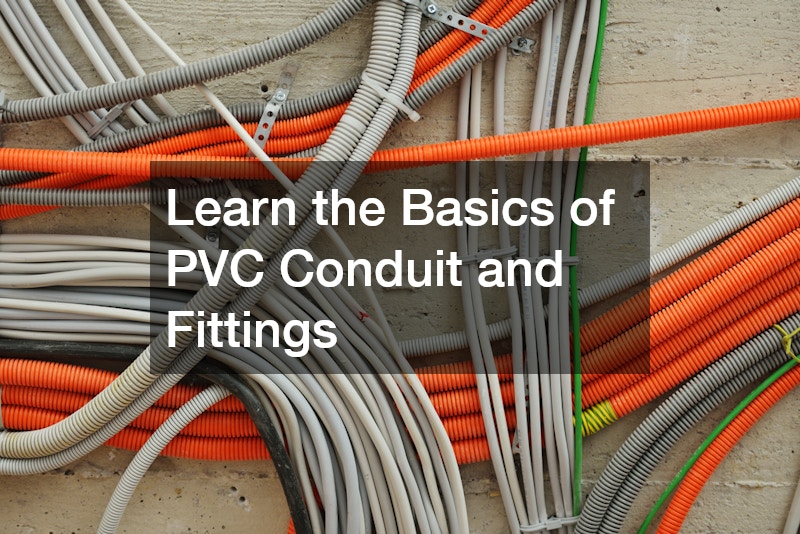Polyvinyl chloride, commonly known as PVC, is a widely used material in various industries due to its durability and cost-effectiveness. In the field of electrical installations, PVC conduit and fittings are essential components for protecting and routing electrical wiring. PVC conduits provide a safe pathway for cables, preventing them from exposure to environmental hazards.
They are available in various sizes and thicknesses, allowing for flexibility based on the specific requirements of a project. The popularity of PVC conduits is largely attributed to their ease of installation and resistance to corrosion.
One of the key advantages of using PVC conduit and fittings is their lightweight nature, which simplifies the installation process. Compared to metal conduits, PVC is easier to cut and manipulate, reducing the time and labor cost involved in electrical work. Additionally, PVC conduits are non-conductive, adding an extra layer of safety by minimizing the risk of electrical current leakage. PVC conduits also require minimal maintenance, further proving their practicality for long-term applications. Coupled with their low cost, PVC conduit and fittings are often the preferred choice in residential and commercial constructions.
While primarily used for electrical purposes, PVC conduits are also suitable for other applications such as drainage and plumbing systems. They come in different grades, with some being specifically designed for high-temperature environments or for underground installation. This versatility makes PVC an ideal material for diverse settings and requirements. When properly installed, PVC conduits provide a reliable and long-lasting solution for various conduit needs. Understanding the fundamental characteristics of PVC conduit and fittings is crucial for any professional or DIY enthusiast involved in construction or electrical projects.
Types of PVC Conduit
PVC conduits come in several types, each designed to meet specific application needs. The first and most common type is the Schedule 40 PVC conduit, which is suitable for above-ground and in-wall installation. It is known for its thick walls, providing a good balance between flexibility and strength, and is often used in residential settings. Another type is the Schedule 80 PVC conduit, which has thicker walls compared to Schedule 40, making it ideal for industrial applications where higher levels of protection are needed. Schedule 80 PVC conduits are often selected for environments where mechanical damage is more likely.
For applications requiring additional strength and protection, the Electrical Nonmetallic Tubing (ENT) is a popular choice. This type of PVC conduit is flexible and easy to install in complex layouts, thanks to its bendable nature. ENT is widely used in commercial and industrial buildings due to its resistance to chemical corrosion and impact damage, providing a reliable solution for protecting sensitive wiring systems. Despite being lightweight, ENT offers excellent durability, making it a versatile option for various conduit applications. This flexibility allows for electrical installations in spaces where rigid conduit systems would be unsuitable.
Another type of PVC conduit to consider is the Rigid PVC Conduit, which is specifically designed for outdoor use. Rigid PVC is immune to the impacts of sunlight and moisture, making it a great choice for exterior installations. This type of conduit is typically used in environments where exposure to harsh conditions is expected, such as outdoor lighting systems or underground wiring. The design of rigid PVC conduit ensures it withstands external pressures and environmental factors without compromising the safety of the wiring it encases. Selecting the right type of conduit is crucial for ensuring the longevity and reliability of any electrical system.
Choosing the Right PVC Fittings
Selecting appropriate PVC fittings is essential for the effective utilization of conduit systems. PVC fittings are connection pieces that join sections of conduit or allow changes in direction within a conduit run. Some common fittings include couplings, elbows, and junction boxes. Each fitting must be chosen based on the specific requirements of the installation to ensure a secure and efficient electrical system. For example, couplings are used to connect two lengths of conduit, while elbows allow for a change in direction along the conduit path.
The decision on which PVC fittings to use should also consider the environmental conditions of the installation site. For outdoor or harsh environment applications, fittings that offer waterproof and UV-resistant capabilities are a must. Additionally, selecting corrosion-resistant fittings can enhance the durability and longevity of the entire conduit system. By thoroughly understanding the specific needs of an application, one can make informed choices about the appropriate type and quality of PVC fittings required. Proper selection is vital in avoiding issues such as loose connections or moisture ingress that could compromise safety and performance.
The use of high-quality PVC fittings offers peace of mind by ensuring seamless operation of the conduit system. Investing in reputable brands known for reliable and durable products is a wise decision for any installer. Furthermore, using the right tools and techniques for installing these fittings can significantly improve the effectiveness of the conduit system. Precision and care during installation can prevent common issues such as misalignment or gaps that could lead to future problems. Therefore, understanding the role of PVC fittings in conduit systems is integral to achieving successful and efficient electrical installations.

